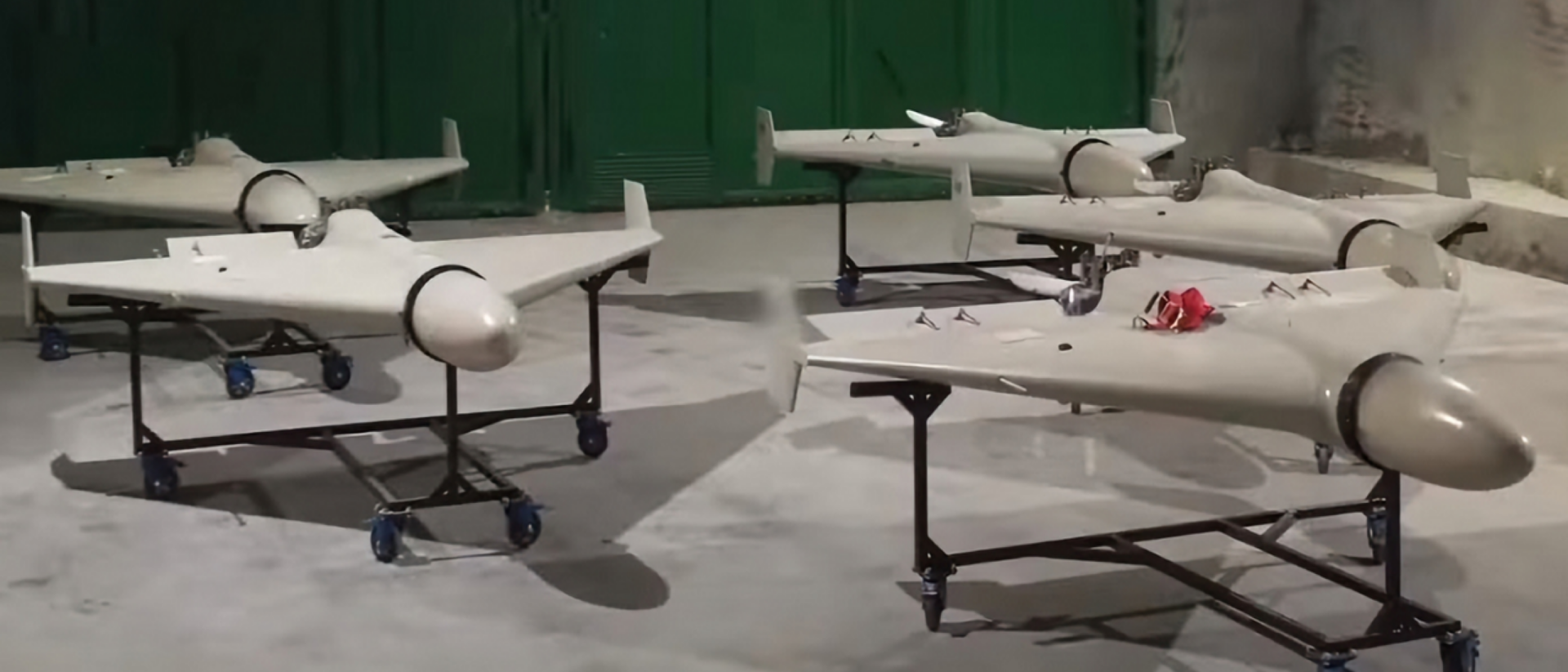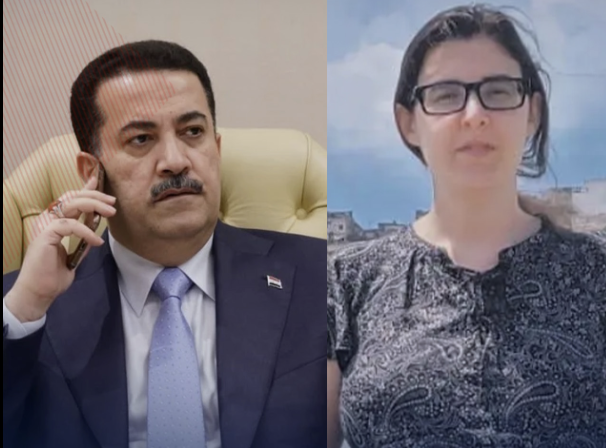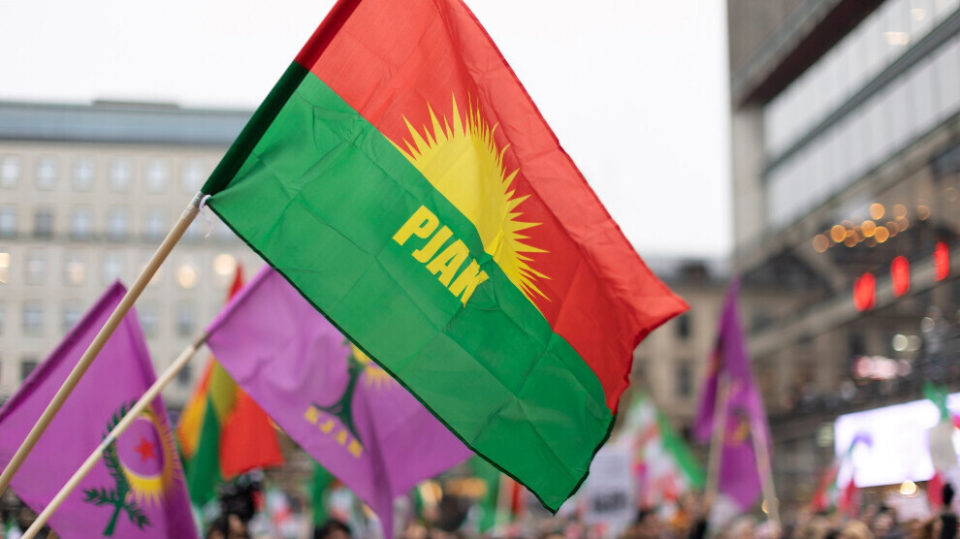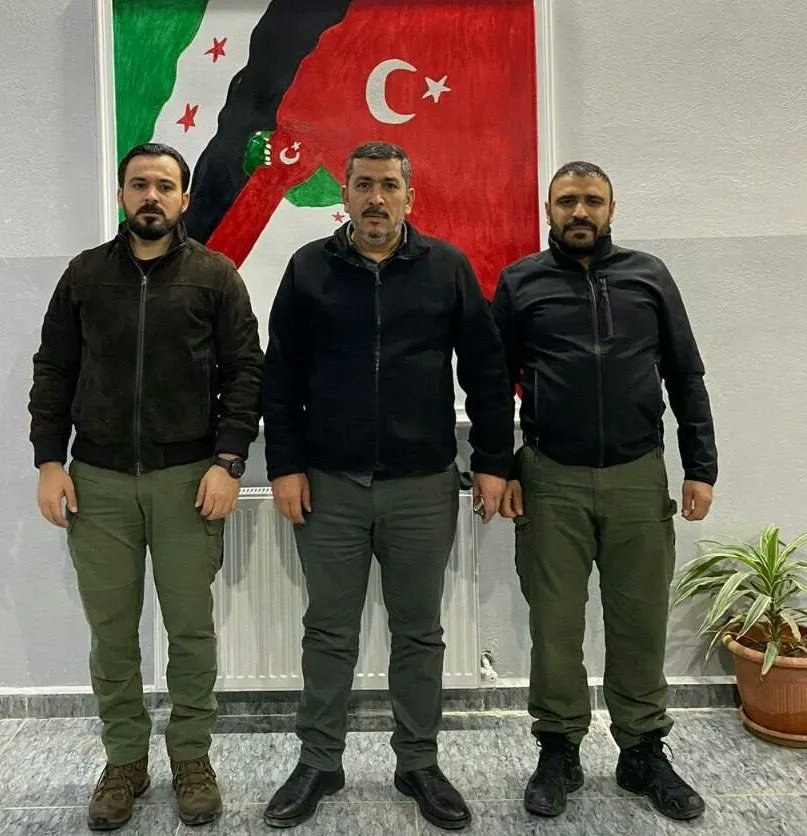
Iranian Drones Are Changing the Battlefields of Eurasia
Iranian Drones Are Changing the Battlefields of Eurasia
On October 10, Iranian loitering munitions rained over Ukraine’s urban centers, including Kiev. Two weeks later, Israeli forces struck an Iranian drone factory in Syria (Al Arabiya, October 23). This demonstrated how Iran’s drone program is now beyond Iran, both in terms of production and operational impact. Iran has become a drone-exporting nation and Iranian drones are creating new flashpoints in different geopolitical axes.
Tehran’s drone program is hardly new, however. In fact, it dates back to the 1980s war of attrition with Iraq and rests on a decades-long significant research and development (R&D) effort. Iran’s unmanned aerial vehicles (UAV) strategy is aggressive (Farsi Al Arabiya, April 23, 2021). It mainly focuses on utilizing UAVs to support the government’s capabilities and strengthen its proxy forces abroad. Led by the Islamic Revolutionary Guard Corps (IRGC) and its drone-maker Qods Aviation Industries (QAI), some of Iran’s existing drone technologies are developed from reverse-engineering Western systems that have crashed or landed on or near Iranian territory (including the ones allegedly intercepted or captured near its coast). For example, some of the Iranian government’s most sophisticated systems, including the Shahed-141 and 191, are modeled after the American RQ-171 Sentinel UAV that crashed in Iran back in late 2011 (Iran Press, December 16, 2020).
Complementing Iran’s proxy warfare, these drones have also been provided to the Houthis in Yemen and Hezbollah in Lebanon. As a result, Iranian drones have proliferated Middle Eastern battlefields. Although open-source intelligence on the specifics on Iran’s drone strategy is limited, Tehran has certainly developed a large-scale domestic production base with a rapid production-manufacturing cycle. Iran’s current portfolio includes even an advanced suicide drone (Arash-2) that can strike Tel Aviv, which would pose an imminent threat to the West (Tehran Times, September 12).
Iranian drones are proliferating rapidly and this trend is not limited to the Ukrainian battlefield. Successfully curtailing Tehran’s rise as a drone exporter will not only depend on boosting counter-drone capabilities, but also drawing a detailed map of Iran’s global military-industrial network. This network is prominent in the developing world and fragile states, which the West will have to keep on its radar.
Iran’s Alternative Drone Markets in Conflict Zones
In the past, Iran has successfully inserted itself into conflict zones and fragile states by providing its military systems to proxies. Iranian drone systems have proved to be high-value strategic assets for Tehran’s proxy allies, especially Hezbollah, which changed the power dynamics in their favor in asymmetrical conflicts against, for example, Israel. The fact that Iranian drones are also now in Venezuelan bases is another alarming factor for U.S counterterrorism strategy. Iran and Venezuela have signed a 20-year cooperation roadmap, which likely includes exchanges in drone production. Their military-strategic relations are improving fast, as exemplified by the approximately 80 Iranian defense companies which participated in the Iran-Venezuela Industrial Scientific Expo fair in Caracas between September 16-19 (Dialogo Americas, October 25).
The factors propelling the Iranian military’s industrial complex, and specifically its drone systems, are not limited to finding rogue clients. Another important aspect is the international production facilities of the Iranian government. In the past decade, Iran has built drone manufacturing factories and maintenance facilities in conflict-ridden and fragile states and developing countries, including Venezuela, Syria and, most recently, Tajikistan. The factory in Dushanbe is particularly crucial because it marks the first official and open announcement of an international Iranian UAV production line (Eurasia Daily Monitor, June 14). It is also a significant step that shows Iran is striving to expand its footprint in Central Asia and saturate the regional market with its own UAV solutions before Turkey or other NATO allies are able to do the same. Tajikistan’s potential purchase of Iranian drones would directly escalate tensions in the region, especially vis-à-vis Turkey’s ally, Kyrgyzstan. As Kyrgyzstan hosts a Turkish TB-2 base and is a fresh customer for the Turkish produced Akinci UAV bomber, Turkey and Kyrgyzstan share significant military-strategic ties that cause concern for Iran, if not also Iran’s ally, Russia (Anadolu Agency, September 13).
After Tajikistan, the Iranian drones have also entered the Armenian market. In short, this demonstrates Tehran is using drone sales to assert influence in the broader Central Asian and Turkic region and position itself as an alternate option to Turkish drone solutions that are becoming increasingly popular in the region, especially after their success in the Second Karabakh War, which featured Turkey’s ally, Azerbaijan, defeating Iran’s ally, Armenia, largely because of Azerbaijan’s UAV dominance (Hetq, October 20). Having Iranian drones crop up on NATO’s doorstep is not only a threat to Turkey and its regional allies, but a threat to the collective security of the Transatlantic Alliance. The most imminent strategic risk is that without the restrictions of the Joint Comprehensive Plan of Action (JCPOA), Iran can now purchase and sell conventional weaponry, including drones, which opens up the path for Iran to become a rival to Western and Transatlantic countries for military exports.
Russia’s Route to Using Iranian Drones
Russia is using Iranian drones to enrich its strike package, but the loitering munitions it purchases are mainly motivated by a simple cost-benefit analysis. With a price estimated around $20,000 per unit, Tehran’s “kamikaze drones” are much cheaper than missiles while also carrying out their tasks perfectly well to destroy Ukrainian critical national infrastructure. Iranian Shahed-136s (known as Geran-2 in Russian) have been instrumental in Russia’s attacks on Ukraine’s major cities, including Kiev and Odessa, which the Russian Armed Forces failed to occupy through ground assaults. With Russian missile stocks running low (13% left of the Iskanders and approximately 45% left of the Kh-101 and Kh-555 missiles, which has forced Russia to use emergency stocks), Iranian drones provide Russia with a swift and effective alternative (Pravda, October 24).
Simple to manufacture and cheap to purchase, Iranian loitering munitions might help Russia sustain a higher assault tempo. Yet, the payload of these systems is not sufficient to completely destroy large-scale targets, such as bridges or factories. For such strikes, ballistic and cruise missiles are still key. However, the Iranian loitering munitions can still paralyze Ukraine’s public services and force the Ukrainian government to expend resources to repair damaged infrastructure all while the drones terrorize the local population in the process. In short, Iran’s loitering munitions are doing their job.
Open-source intelligence indicates that Russia has ordered 2,400 Shahed-136 loitering munitions from Iran (Pravda, October 11). According to Ukrainian President Volodymyr Zelensky, Russian Armed Forces conducted approximately 30 kamikaze strikes in a two-day period in late October, despite 23 being shot down by Ukraine (Twitter/@kyivindependent, October 28). Besides the famed loitering munition Shahed-136, Russia might soon welcome new Iranian drones into its arsenal. In July, a Russian delegation visited Iran’s Kashan Air Base to see the Shahed-191 and Shahed-129, which suggests that the Kremlin is also potentially interested in these systems (Radio Farda, July 16). The former comes with a twin-missile support, allegedly has a maximum range of 1500 kilometers, and has a flight duration of 4.5 hours, while the latter allegedly has a payload of 400 kilograms (Iran Press, January 27, 2021).
Some Ukrainian news outlets have also claimed that Russia might soon purchase the Meraj-521, which is the Iranian analogue of the U.S. firm AeroVironment’s Switchblade 300 (Sundries, October 20). According to the same sources, the new batch of Russian orders may include the Arash-2 drone, which are UAVs equipped with optical and thermal cameras that the Shahed-136 lacks. While the Shahed-136 can carry a combat payload of 40 kilograms, the Arash-2 can carry approximately 272 kilograms of explosives, making it a much deadlier asset than the Shahed-136 (Sundries, October 27).
Yet, the use of kamikaze drones to hit high-value targets is not a new phenomenon for Iranian drones. Some of Iran’s drones, including the Shahed-136 that is used in Ukraine and the Shahed-131, have both been used by the Houthis to strike Saudi Arabian high-value targets, Israel-affiliated cargo ships, and U.S bases in Iraq (Fars News, December 26, 2021). But what makes Iranian drones extremely dangerous in Ukraine is that in the hands of General Sergey Surovikin, who is the new top commander of the ongoing Russian invasion of Ukraine, they can be increasingly used to launch indiscriminate attacks on the civilian population and cities. According to Ukrainian generals, around 40% of the Shahed-136s reach their target, which is not a high success ratio, but is still sufficient to cause large-scale damage, especially in urban centers (Radio Svoboda, October 6).
The Dilemma of Defending Against Iranian Drones
The characteristics of the Iranian drones used in Ukraine involve advantages and disadvantages for the Ukrainian Armed Forces. On the positive side, they make a distinct, buzzing sound, which enables them to be detected mid-flight. Second, they are rather large for a loitering munition, which again, increases ease of detection.
Due to their low flight altitude and lack of light-reflective composites, however, the Shahed-136 has a low radar and thermal signature, which makes it a struggle for air defense systems to intercept. Since Russia began using them, most Iranian loitering munitions were intercepted by the Ukrainian armed forces using anti-aircraft missiles, such as the Stinger (Eurasian Times, October 18). However, due to the price tag attached to stinger missile systems, shooting these kamikaze drones down ends up becoming more costly than the threat itself. This makes targeting Iranian kamikazes with anti-aircraft missiles an extremely inefficient option for Ukraine.
In terms of military effectiveness, base defense systems, short to mid-range air defense systems, and electronic warfare assets are also required to create a layered air defense. At present, a layered strategy combining MANPADS, air defense systems, and anti-aircraft artillery (AAA), such as the German Gepards, seem like the ideal solution for Ukraine. Although insufficient for area defense, when used together with AAAs, systems such as NASAMS can also provide a point defense solution for defending Ukraine’s critical facilities.
Conclusion
Iran’s drone production lines now extend beyond the country’s borders, which creates a much more complicated picture for U.S and allies’ counterterrorism strategies. For example, recently, Israel bombed an Iranian drone factory near the Dimas military airport in Syria as recently as October (Haaretz, October 23). However, due to the close links and coordination between the IRGC and Iran-backed proxies, halting the transmission of Iranian drone technology, production and maintenance facilities between various host countries and proxies will necessitate more than destroying a single factory.
In several regions with a heightened threat level, such as Eastern Europe, the Indo-Pacific, and Central Asia, if not also East Africa, the demand for drone systems will only continue to grow. This is mainly because UAVs have proven themselves to be cost-effective assets that significantly change the power balance in favor of a country with limited military resources, especially in asymmetrical conflicts. When it comes to reducing or eliminating Iran’s drone capabilities, neutralizing the strategic ‘masterminds’ within the IRGC, filling in the gaps in demand with Western solutions, especially among the Turkic states with NATO military solutions before Iran can, and killing the JCPOA for good and replacing it with a reciprocatory offensive strategy. In this regard, boosting intelligence and surveillance capabilities both on Iranian territory as well the host countries that field Iranian drones would also be key for the West’s counterterrorism strategy vis-à-vis Iran.


